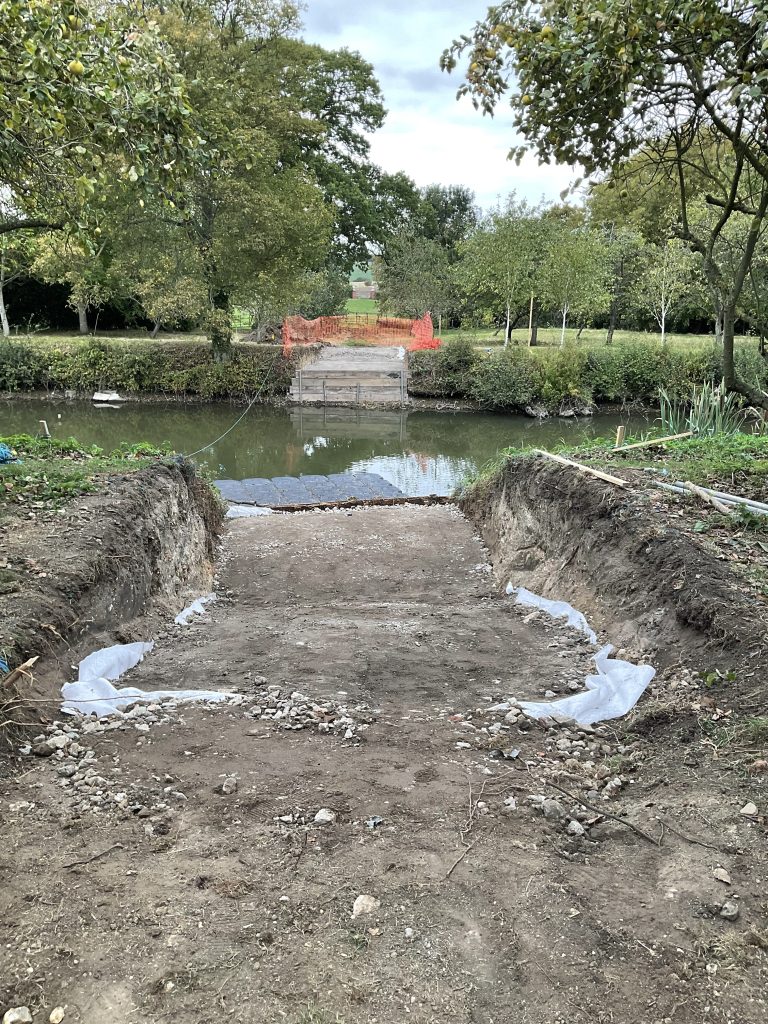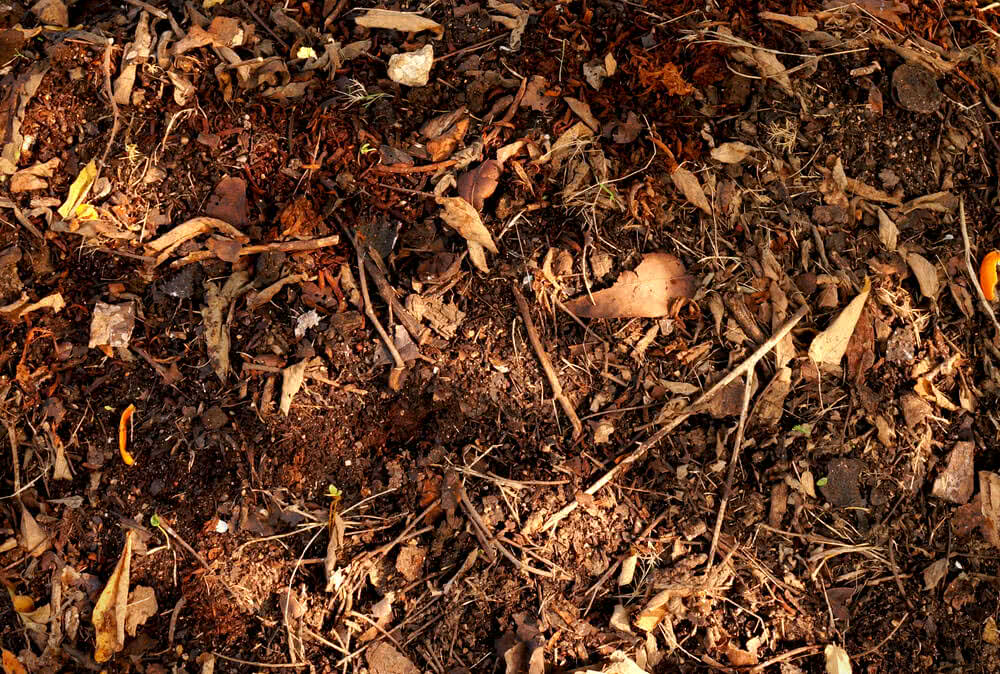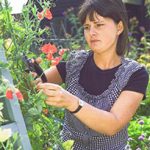Now I know a lot of people will be thinking ‘oh autumn’ and shut the shed door until spring, but the year isn’t over. October is the start of a new season with a rich tapestry of autumn colours and late flowers to look forward to. And we’re busy – work has begun on our new footbridge being built across the widest point of our moat linking our parterre to our wildflower meadow. A 17 metre single span with steel reinforcement girders hidden under oak railings. Exciting times here at Columbine.

I also wanted to thank all of you who came to my special talk at the end of September. It was an absolute triumph raising lots for St. Elizabeth Hospice.
There are not many American words I like, but the one that I love is ‘fall’ for autumn. In every way it perfectly suits the season with its falling leaves. Now I know I have enthused about this before, but I do love leafmould. Climate change means that foliage seems to cling to the trees for longer and change colour more slowly, but a storm or hard frost can send the leaves streaming down to the ground this month and while they look lovely on a clear, crisp day, as soon as they get wet they become a sodden mess and must be gathered up.

I regard fallen leaves as a precious harvest and we collect as many as we can to make leafmould which I use as an element in our potting compost or as a mulch (love that word) for woodland plants.
If they are not too wet we sometimes mow over as many as possible because they decompose much faster if chopped up and then kept damp.
Leaves are mostly broken down by fungi and the process is slow. There is no need to turn it but simply store the leaves in a wire sided bay or in bin bags and by next October they will have become lovely, rich leafmould. So get collecting – it’s garden gold.
I also love compost. Not so much the stuff itself – although I am as partial to a crumbly, sweet-smelling barrowload as the next gardener – but the idea of it. It’s the perfect embodiment of what any gardener is trying to do. We start with heaps of waste – the least valuable thing we have – which turns into the single most useful thing in any garden. It is deeply satisfying.
The idea is to make a mixture of brown and green material – in other words – carbon rich waste such as dry herbaceous growth, straw or shredded twigs which is known as ‘browns’ and stuff that is higher in nitrogen like grass clippings, lettuce leaves and veg peelings – which are considered ‘green’. It’s not an exact science but the ideal ratio of carbon to nitrogen is 25:1 and an imbalance in this is the main reason compost fails. So judge carefully the levels of ‘brown’ and ‘green’ putting the emphasis on ‘browns’.
It always surprises me how keen people are to grow maples from Japan but rarely choose our native maple Acer campestre. It is a wonderful tree with incredible yellow foliage at this time of year as well as making a robust hedge and being remarkably trouble free and easy to grow – which can hardly be said for Japanese maples.
We’ve planted lots of field maples in this garden over the years and they are now really good sized beautiful trees that are wonderful for wildlife. Insects feed off their leaves, the flowers provide pollen for bees and the seeds provide a food source for birds and mammals.
There is no denying that autumn is in full swing. So don an extra jumper and enjoy the last of the flowers and watch the swansong of the leaves as they explode into oranges and scarlets.
 Kate Elliott came to Columbine Hall in 1997 when she was sixteen. She is now head gardener but also helps with managing the property generally and in conducting guided tours.
Kate Elliott came to Columbine Hall in 1997 when she was sixteen. She is now head gardener but also helps with managing the property generally and in conducting guided tours.